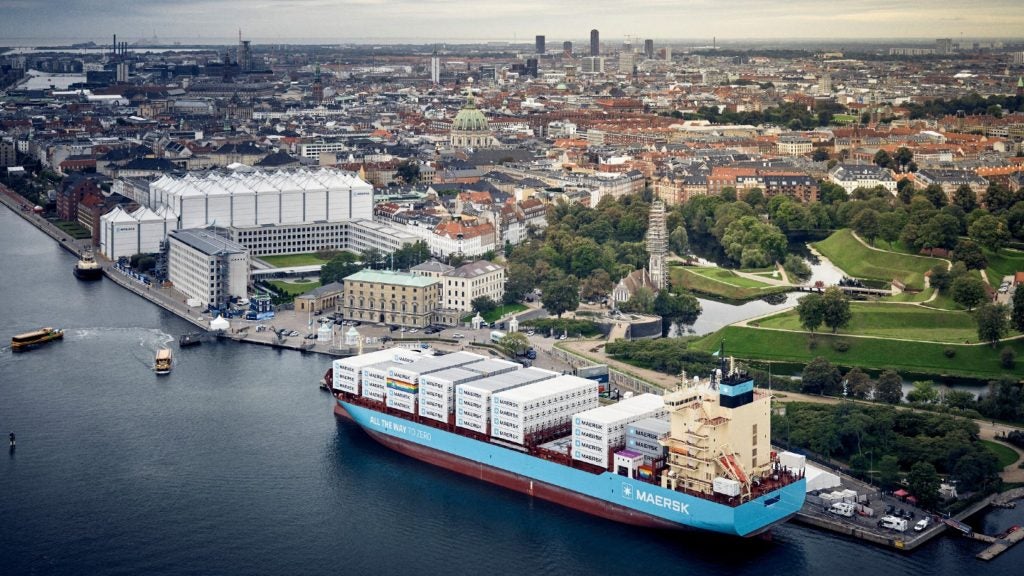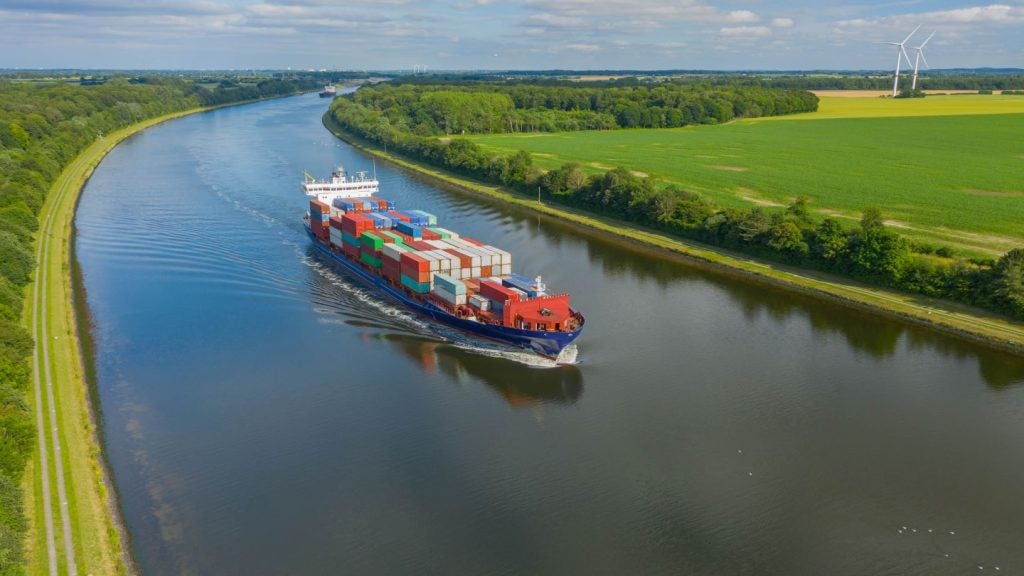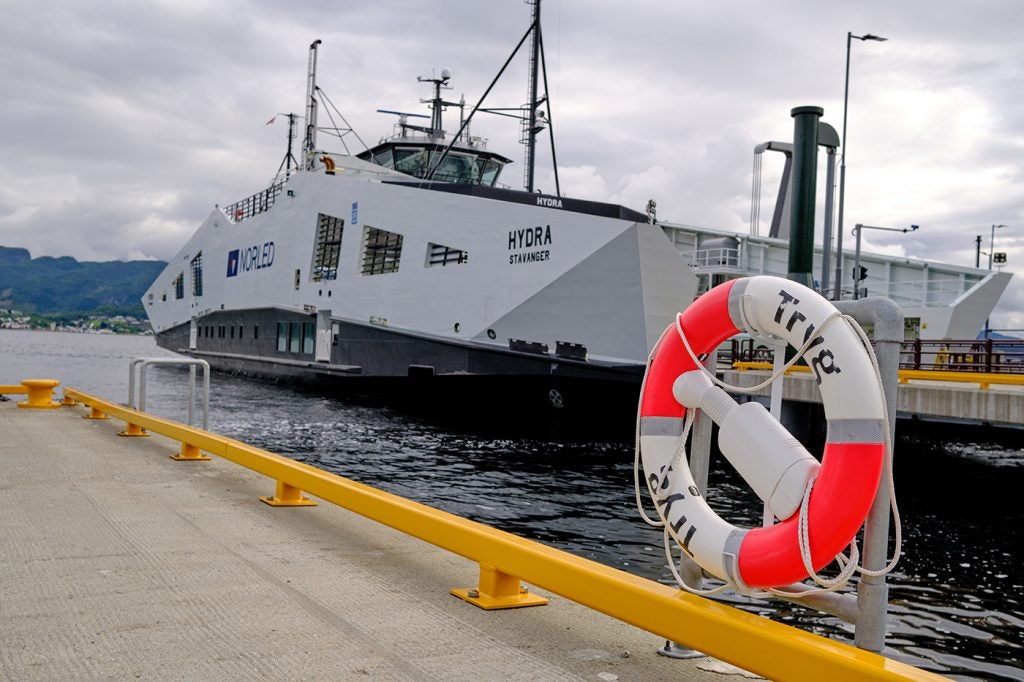
Back in 2012, maritime risk management company RightShip, which is equally owned by miners BHP, Rio Tinto and food company Cargill, launched a Greenhouse Gas Emissions (GHG) Rating framework for comparing the relative efficiency of cargo ships, so charterers could select vessels with a lower CO2 footprint and fuel bill.
Since then, the urgency to reduce global carbon emissions has reached new heights, and the maritime sector, which accounts for around 2.5% of GHG emissions, is under renewed pressure to lower its impact. Launched last year, the Sea Cargo Charter set a goal to reduce shipping’s total annual emissions by at least 50% by 2050.
In February 2021, RightShip unveiled its updated GHG Rating platform, which incorporates a new Safety Score index for examining a vessel’s operational performance and benchmarking it against the world fleet.
Heidi Vella (HV): Please tell us more about RightShip’s updated GHG Rating system?
Kris Fumberger (KF): We’ve gone from three charterers in 2012 to now having more than 70 companies using our system to charter vessels and use the data and insight it provides to compare vessels. In February, we released our new platform, which was a couple of years in the making, that improves the system overall and makes the data easier to access for different customers.
For example, they can select a vessel and search for different requirements, including environmental performance. Shipowners will use the platform for benchmarking, to understand how efficient their vessel is compared to the market. It’s a growing area.
How well do you really know your competitors?
Access the most comprehensive Company Profiles on the market, powered by GlobalData. Save hours of research. Gain competitive edge.

Thank you!
Your download email will arrive shortly
Not ready to buy yet? Download a free sample
We are confident about the unique quality of our Company Profiles. However, we want you to make the most beneficial decision for your business, so we offer a free sample that you can download by submitting the below form
By GlobalDataFor example, currently, finance is cheap, so if a ship seeks finance at a bank, they can use the system to prove their vessel is efficient compared to other fleets. Or banks can use it to do due diligence on a vessel. That’s something we’re seeing grow rapidly.
HV: What percentage of the shipping market are you capturing?
KF: Seventy charterers cover a lot of goods — around half in wet freight, moving petroleum products and so forth, and the other in dry bulk, grains, iron ore, coal etc. It encompasses more than 50,000 ocean-going vessels.
Every ship that’s moving gold or a commodity is captured in our database. We do 40,000 vets a year, which includes decisions on whether a vessel is suitable for a job or not.
HV: What are the incentives for ship operators to measure their emissions?
KF: There are a couple of main drivers. Regulations have always been there, but we are seeing them change faster than before. The International Maritime Organization (IMO) has set out their GHG strategy to 2030 and 2050 and it requires a reduction in emissions by 40%–50% compared to 2008 levels.
Big charterers have taken the market lead and said: “Okay, we want a solution and to start moving now, so we can get ahead of the curve.” Some have been on that journey for eight or nine years, and some are coming to us today and saying: “We want to be involved, how do we get our chartering teams to move in that direction?” For us, it’s about the data and using our platform to select more efficient vessels.
We have another product which compliments the rating system. It’s an accounting tool that allows charterers like BHP to assess the carbon in their supply chain, year-on-year. Using the platform, the firm is reducing its overall emissions.
HV: How easy is it to collect data and how do you ensure its quality?
KF: We work with many different data sources. The ship manager is the main source of information. Through the process, we monitor a shipyard’s engine manufacturers, the different components of the vessel, the design, size with dead weight, speed, the engine parameters, fuel consumption and so forth. We take all those data points and then put them into our system and turn it into something easy to understand and interpret.
Quality is a big concern. We have a lot of due diligence and quality checks [but] much of the information provided is class certified. So, we go through that and use the skills and knowledge of the team. They’re always critiquing and reviewing the data and therefore we’re very confident in the database we have. Our ability to gain data from the market, turn that around and provide useful insights is our niche.
HV: How quickly are ship owners improving the environmental impact of their vessels?
KF: Approximately four years ago, roughly 100–300 retrofits on vessels would happen a year. However, within the last 12 months, the market has really started to move and we are seeing more than 1,000 retrofits being registered in our system. Many will save between 4- 5% of CO2 over every journey, which is substantial. It’s pretty exciting.
New builds, however, are probably where we see the biggest gains. The market is small at the moment, but the vessels coming out of yards are fantastic. Efficiency is usually a step change better. I think those owners that are factoring in energy efficiency will have a real market advantage.
HV: From where the sector is now to where it needs to be, how big is that gap?
KF: That question is like saying “how long is a piece of string?”. I think we still need some large step-changes. That could be different fuels or different forms of propulsion, which needs to come, and I think that message has been sent to the market and the market is saying: “okay, we get it.”
Historically, the shipping industry and shipyards were just more or less – and they will probably take exception to this – just building the same ships. I think they’ve now got the message that they need to improve.
In Norway, for example, some of the ferries and passenger vessels are already planning for zero-emission vessels, some smaller vessels are already zero emissions. That’ll scale up pretty quickly once someone gets a competitive advantage somewhere, everyone will quickly copy.
HV: Is there anything that could speed up the process?
KF: Consistent regulation would be good. We have competing regulations at times, yet everyone working in the same way would definitely benefit the market. And I think the IMO can lead on this; I’ve seen some good leadership recently with some of the quick requirements they’ve set out in the most recent MEPC 75 [Maritime Environment Protection Committee] meeting.
There’s always that question about the first movers: are they at an advantage or a disadvantage? I think we need a clear policy that puts those that take a risk with new technology at an advantage. If that can be set up, I think people will move fast, even for the shipping industry.
If the market shows there’s a preference towards more efficient vessels, I think the owners will get that signal. In the current charter market, we already see with our rating system the more efficient vessels get preference and a better charter rate. The vessels that have a poor rating typically don’t get chartered by our customers. I think that’s a clear signal.
HV: What is the average rating of a vessel on the platform?
KF: The most efficient vessels are rated A and then down to G. In the middle is a D rating. Around a third of our vessels sit in that band, about a third are in the top three bands. And a third sit down below, and this is for every different ship type and size.
About 2.5% are the most efficient. It’s really hard to get into that top band and there’s a good reason why they get better charter rates and better finance criteria and so forth: because it’s really hard to achieve. They’ve invested a lot of time and effort to get there.
HV: If we get green hydrogen fuel cell vessels, are you going to change the rating system as they’ll be a whole different class?
KF: That’s something we’ve been grappling with for a couple of years now: how do we do that? We do already have a couple of vessels on the water that have zero emissions associated with them, the smaller feeder ships, and we’re working out when we get to the point of, say, every vessel has green hydrogen, and in effect, no emissions associated with them, what do we do?
When we get to that point, we’ve done ourselves out of a job, but that is the aim of the sustainability manager. I’d be very happy.






